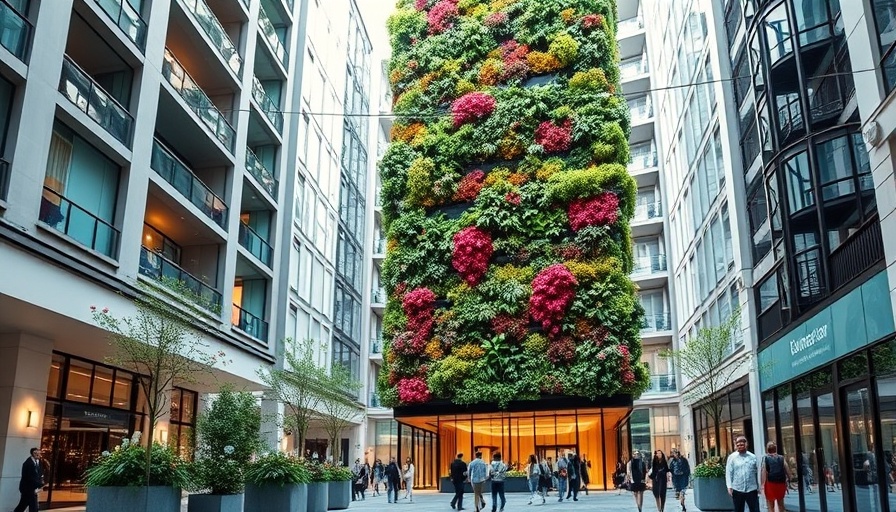
Changing Trends in Office Repurposing
Recent findings by CBRE shed light on a notable shift in the repurposing of secondary office spaces, focusing increasingly on living spaces and life sciences. This evolution responds to growing demands in urban centers, where traditional office layouts struggle to adapt to new market requirements.
Life Sciences on the Rise
In metropolitan areas, there has been a significant uptick in converting office spaces into facilities dedicated to life sciences. For example, Oxbridge offices have been primarily redirected to meet the needs of this expanding sector, which includes laboratories and research facilities that play a crucial role in healthcare innovation.
Education and Hospitality Conversions
Meanwhile, educational institutions are tapping into this repurposing trend, particularly in cities like Birmingham, where former office buildings have been transformed into educational spaces, fostering a sense of community engagement and learning. Additionally, the hospitality industry is accommodating this shift in Edinburgh, where offices have been transitioned into hotel properties to meet rising tourism demands.
The Urban Shift Towards Multi-Functional Use
The repurposing not only brings a new life to derelict buildings but also responds to urban living trends. As more people seek integrated lifestyles that combine work, education, and leisure, the reimagining of office space plays a crucial part in crafting urban environments that accommodate diverse user needs.
Future Implications for Real Estate
This transformative approach to office spaces raises questions about the future of urban real estate. As life sciences continue to advance and educational demands grow, real estate developers must adapt and innovate. They will need to consider how spaces can be multifunctional, serving various community needs while also providing sustainable solutions for living and healthcare.
 Add Row
Add Row  Add
Add 




 Add Row
Add Row  Add
Add 

Write A Comment